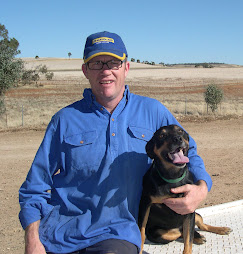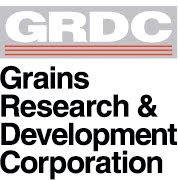Aerial Veiw of the Salinas Valley
The Salinas Valley in the north of California is called the fruit bowl of California and made up of lots of “Truck Farmers”. These are smaller acreage farmers who are similar to our market gardeners who specialize in a few crops. We stayed in the town of Monterey which is a fairly swank area with about 250,000 people. The area is semi arid with 14 inch rainfall
Monterey Bay
There are three aquifers beneath the valley and too much water has been taken out without enough recharge (does this sound familiar). These aquifers are stratified and join the sea. The problem with so much extraction is that there now salt water intrusion.
Salt Water Intrusion
We visited the Monterey Regional Water Pollution Control Agency to see their water purification plant. Karen Harris was our guide who was very good. The plant has been setup to return water to Salinas Valley farmers. The project was started in the 1980’s with a 5 year study to investigate the use of reclaimed water to irrigate vegetables. The plant was built in the in the 90’s and starting operating in 1998. The cost was $75 million and was paid for by grants and local councils and some federal loans.
There are three stages to the cleaning process. The primary cleaning separates the solids from the liquids by sedimentation. The secondary cleaning is biological in nature where the good microbes further break down and use up the filtrates. The final tertiary is through a carbon filter and chemically disinfected with bleach. The gas given off goes to a co-generation power plant and the bio-solids go to the local landfill and is used as cover material.
The plant treats 80 million litres per day and this water helps irrigate 12,000 acres. A lot of crops are grown by these truck farmers such as Lettuce, Brassicas, Strawberries and Artichokes and these Artichokes are 61% of the USA’s total production.
Salinas Valley Produce
Bio-EASI
Next stop was to catch up with Brock’s mates Rich, who runs a company called Bio-EASI – Biodiesel Energy Alternative System. They have set up a pilot plant that utilizes “Yellow Grease” which recycled oil and fat waste from restaurants.
The product is put through the unit and liquid settles out first, then the glyceride and the oil on top. They use potassium salt as a catalyst to remove the impurities and end up with methanol and glycerine which can be used in perfumes, and soaps etc. The process takes about 6 hours, but if they built a horizontal centrifuge they could cut down the process down to 45 minute. Currently they need 3kg of grease to produce 4 litres of biodiesel.
I am not sure if the above info is totally correct as I had to fight hard to stop from nodding off. The speakers were fine but it was one of those days. What really woke me up was, when a little bloody Chihuahua came to the room and pissed on the carpet next to my foot. I used my foot to move him on.
I tried to concentrate from then on. Rich told us that they could produce about 10,000 litres in one day with an 8 hour shift. To move to a bigger plant is just not viable if you want to get your money back. He and his partner are looking at growing algae with tanks in glasshouses. The algae are looking promising and the benefit of these plants is the time between growth and harvest time is only 28 days. The drawback is the algae lose their “oil” if they die before processing. They have got this problem just about nutted out.
On a finishing note, Rich asked us to guess how much fuel California uses in one year?
Answer: 20 Billion litres of fuel (petrol and diesel) each year.
Something either needs to be found or the biofuel’s systems need to be refined even more.
Rich took us out to his favourite spot for lunch. It was up alley and there stood a fairly ordinary looking butcher shop. But inside was a little shop with great products. The meats all looked good and after chatting to the boss she asked if wanted to see the products and stuff out back. It was a real professional outfit. They made a product called Tri Tips which was a cross between corned beef and sashimi. It was excellent and had a god smoked taste and flavour. Everyone had a good selection of their products in huge rolls. This place is now on Brock’s tour list.








No comments:
Post a Comment